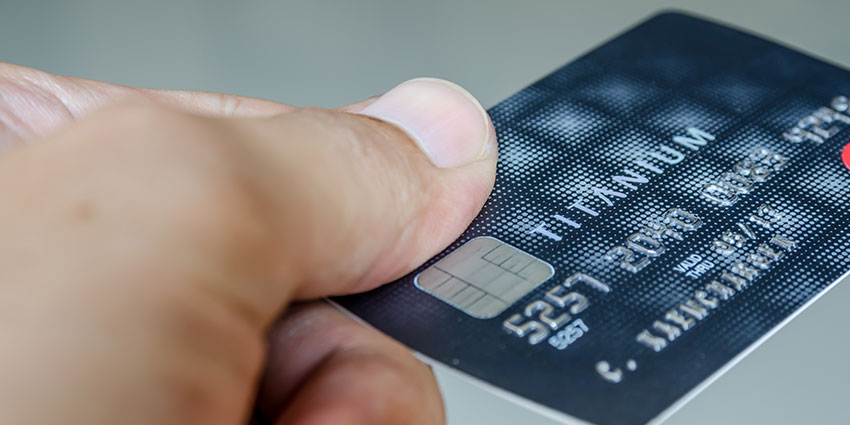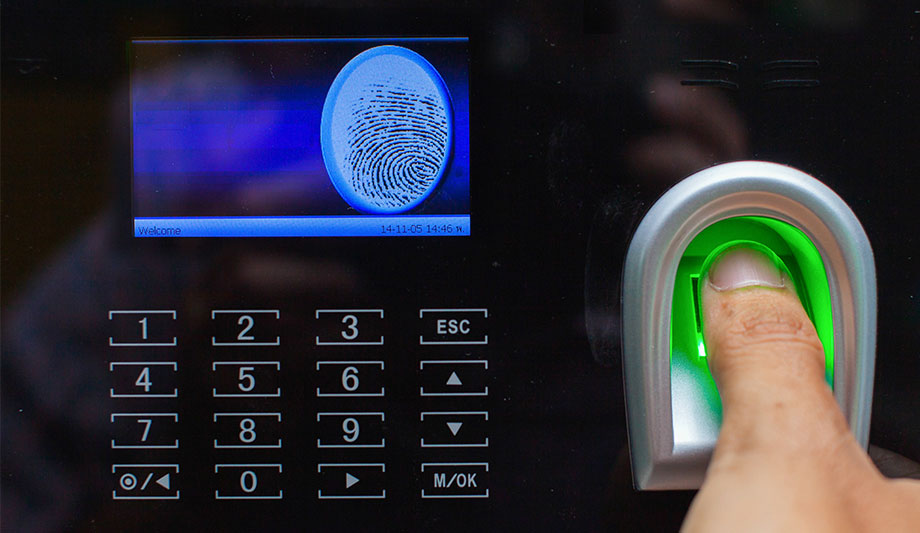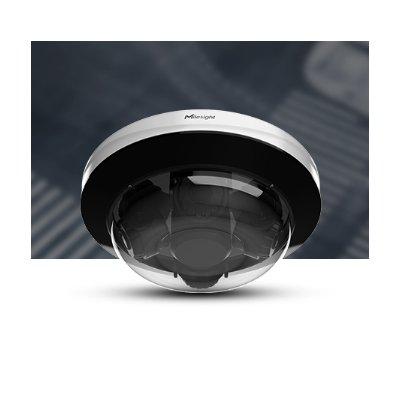The extraordinary global adoption of fingerprint based solutions, from mobile devices to credentials, will continue to expand and touch new markets in 2016. The trend to move away from passwords and PINs is really building momentum in logical and physical access.
Widespread use of biometric security
The security industry in 2015 continued to improve, along with the overall economy. Regulatory agencies are taking the lead as two-factor authentication is becoming a more mainstream concept. From banks to power plants to corporate facilities, the push for stronger security measures for critical infrastructures will become increasingly codified.
Organisations that continue to utilise yesterday’s card technology are opening themselves to security breaches by simply doing what they have been doing the past 20 years. Holding a single-factor badge to a door or network log-in terminal is outdated, unsecure and exposes organisations to tremendous liability. Two-factor authentication using biometrics versus a Password or PIN is the new standard.
At Zwipe, we experienced a banner year in 2015 as we continue to develop and bring to market a variety of leading edge biometric smart card-based solutions. We have made enormous strides in technical advancements, resulting in the establishment of major relationships setting new sales records. Demand continues to grow week by week for Zwipe’s platform to address customer’s security issues and goals.
 |
| Companies who continue to use old card-based technologies open themselves up to data breaches, which we have seen in abundance in 2015 |
The fact that we integrate with existing physical security systems is causing our phones to ring constantly. Expanding our manufacturing capabilities to keep up with demand for Zwipe Access has been the primary challenge in 2015, and we are now in a solid position to support global growth expectations.
Alternative methods for protection
2016 will see an acceleration in the broad adoption of fingerprint solutions for corporate security applications. The market is maturing and producing reliable, effective and secure solutions that specifically address the issues that caused concern in previous years such as dirty fingers or spoofing attempts.
With the massive amount of data breaches taking place almost daily, companies will need to look at alternative methods to protect employees’ personal information, especially biometric data. Not even the Defense Department is immune to hacking, as was reported in September when 5.6 million fingerprint records were stolen. Zwipe’s platform directly addresses such liability issues by taking a different approach to biometric data protection and allowing the individual to take ownership of such vital information.
See the full coverage of 2015/2016 Review and Forecast articles here





















